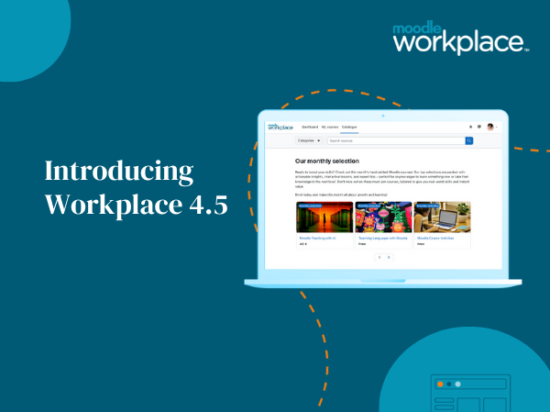My Learning Space is an Australian Moodle Partner. In August, Chad Outten, founder of My Learning Space, presented on the History of Moodle at the Brisbane MoodleMoot. In this article, we’ll discuss where Moodle started and how it has grown into the success it is today.
The year is 2018. Moodle has more than 130M registered users from over 200 countries. There are more than 100,000 sites powered by Moodle in over 100 languages. At this time, it is the world’s most popular learning management system, empowering educators to improve our world through higher-quality education.
Where it all began
Let’s transport ourselves back into the late 1970s to regional Western Australia. A young boy, called Martin Dougiamas, finds himself more than 100 kilometres from the nearest school. And so, his family registers him into the School of the Air – learning delivered by radio wave. This is Martin’s, the founder of Moodle, first experience with distance learning. Fast-forward to 1999, and Martin begins to create Moodle as part of his PhD research project. The seed has been planted. In 2001, Martin makes the first post on the software he has developed and a year later, he releases Moodle v1 as an open software system. Action is in full swing now, and within months, Moodle is being used all over the world. In 2004, the first MoodleMoots is held in Europe, the first partnerships are being finalised. In 2008, Martin graciously accepts the Google O’Reilly Open Source Award.
A big step was made in 2010, with the release of Moodle v2. At this stage, there are more than 1M registered users. The Mobile app is introduced the following year and in 2013, the first MOOC (Mass Open Online Course) is released, teaching teachers of Moodle software best practises. It’s 2015, and Moodle achieves its greatest milestone yet: it becomes the world’s most used learning management system with about 18 million registered users. Moodle v3 was also released in 2015, with improvements in usability and the user interface. This new version brought so much success to Moodle, that in 2016, there were more than 100M registered users. And this is just the tip of the ice-berg as most system admins do not register their site or users. In 2016, the mobile app updates now include almost all the standard features available on desktop and we see the release of the Branded App. This is a commercial service where organisations can have their branding applied to the standard app. Just last year, Moodle partnered with ‘Education for the Many’, an investor dedicated to financially supporting entrepreneurs who are changing the world through education.
And we find ourselves in 2018 with over 130 million registered users and 80 certified Moodle partners worldwide.
Where to from now?
Looking onwards from 2018, Moodle is focused on five key growth projects.
1. Moodle Core
This is the standard software product we have learned love and it will see improvements in usability, simplicity and accessibility. Look out for sector-specific improvements, and not just limited to schooling. It is likely Moodle will evolve to appeal to the workplace and beyond. VR and AR are up and coming, and with innovation at its core, it is expected that the organisation will support this technology.
2. Moodle Learn
This is Moodle’s latest curriculum developed for educators to learn to teach online via the Moodle Certification Education Program. Educators will learn and be able to demonstrate effectiveness in 22 key digital competencies. Ultimately, this program plays an instrumental role in the success of Moodle as educators are the ones delivering content to their learners. If teachers do not understand how to best use the software, the learners will not have positive experiences. Improvements of this project will translate to business growth.
3. Moodle Net
Moodle Net will be revamped. Integrated into every Moodle site, it will become a social media platform for educators to communicate with fellow educators. Moodle Net will support the creation and sharing of content and services.
4. Moodle Foundation
This will be a not-for-profit organisation, launched somewhere in Europe, focused on research that will drive open source software development. It will drive many partnerships and play a more integral role in the LMS community.
5. Expanding Services and Partnerships
Look out for an expansion of services and partnership programs.
In summary, the success of Moodle demonstrates the power of humanity. One man’s vision has been nurtured and developed. Through collaboration and cooperation, Moodle has become a worldwide success, empowering educators all to deliver higher quality learning experiences.
Watch Chad’s presentation here or below. Find the slide deck here.







